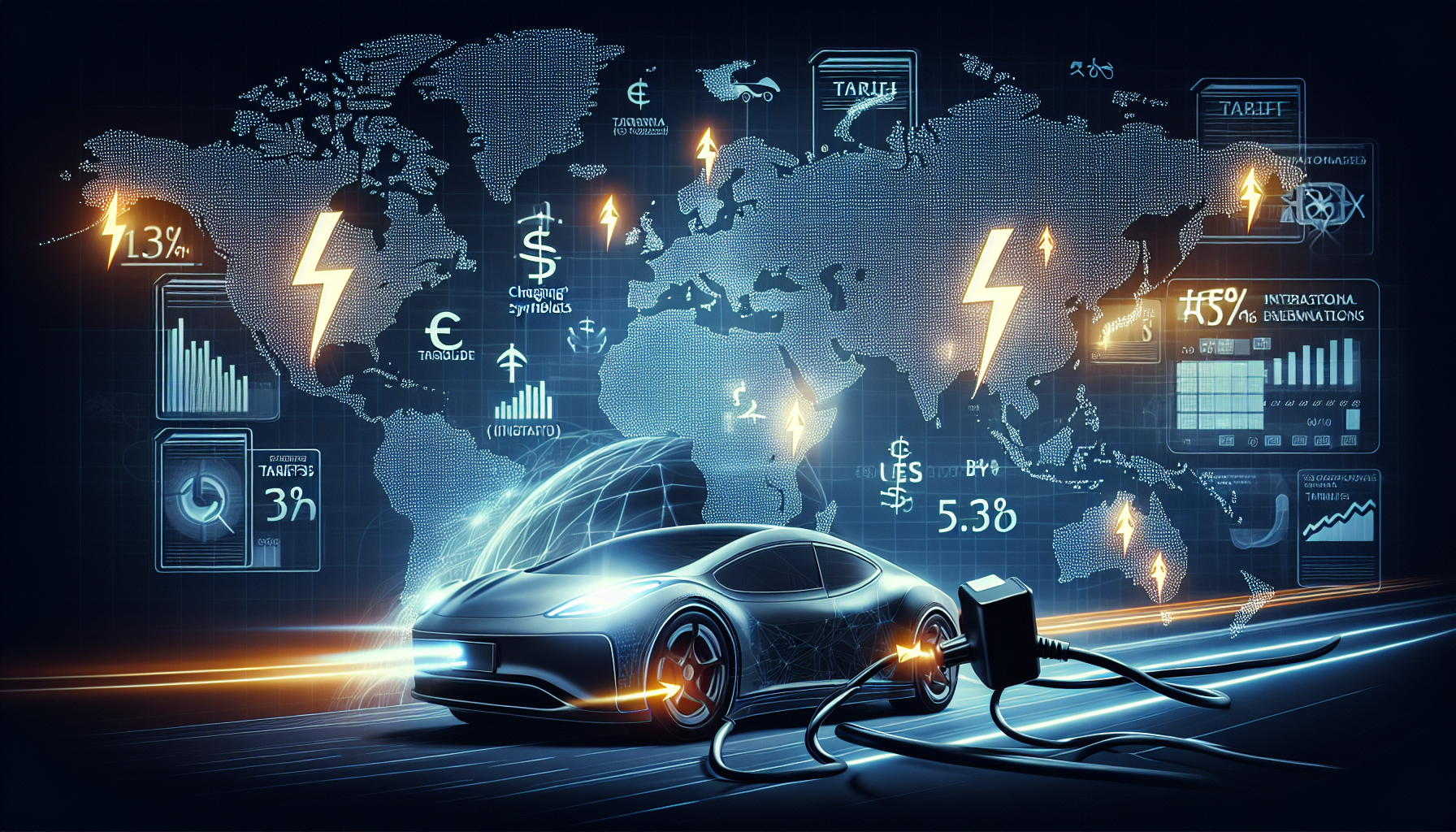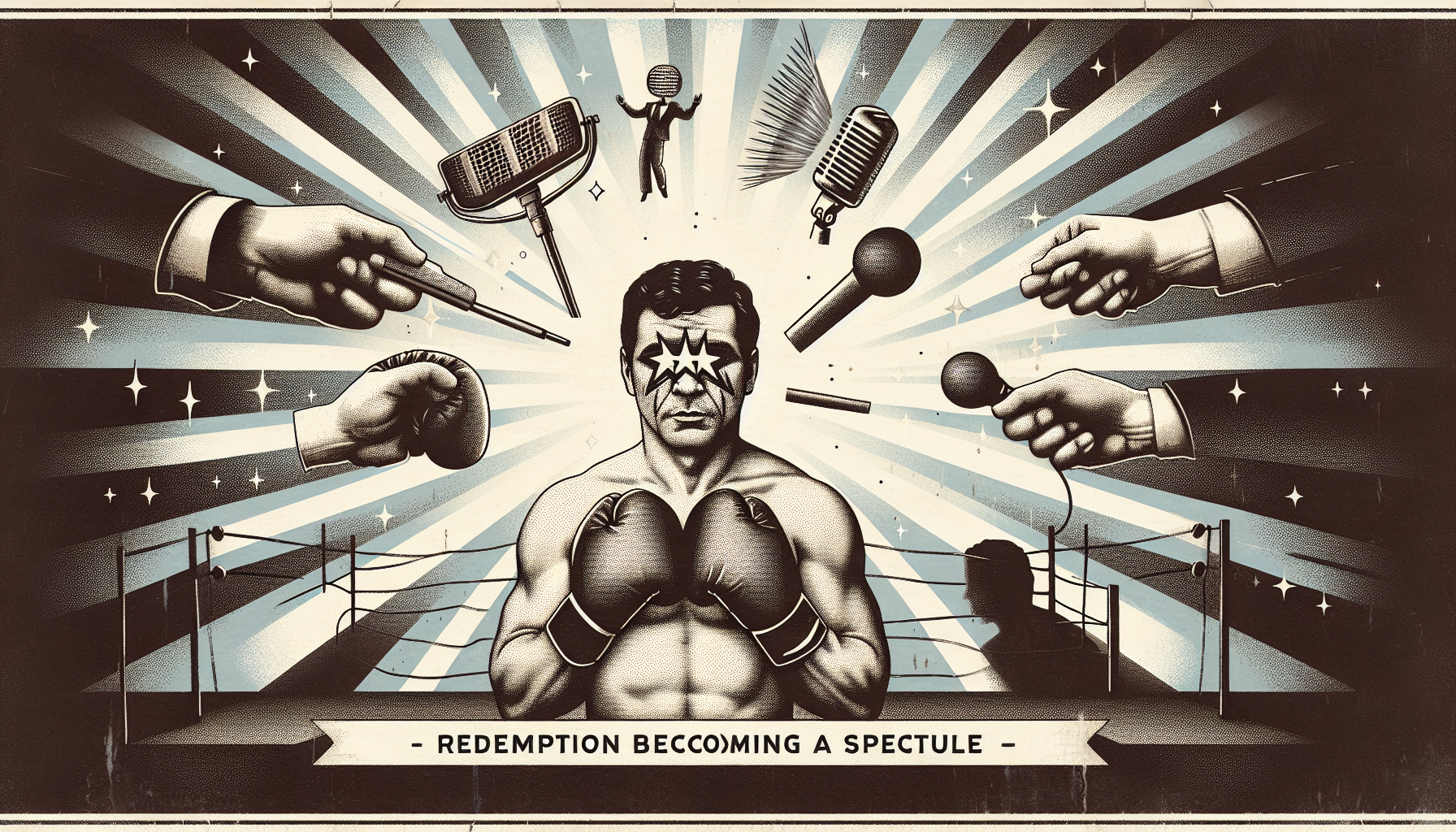Title: Tariffs, Tesla, and the Theatre of Trade: How Trump’s Policies Made BYD the Accidental Star
Dear readers,
What happens when the world’s richest man, the most valuable electric vehicle brand, and a Chinese automaker collide—not on a racetrack, but in the pit lane of policy? As ever, it’s not a commercial, it’s real life. Welcome to the grand spectacle that is global trade in 2025, where tariffs are no longer just economic tools—they’re cultural signals, election slogans, and geopolitical chess pieces.
And right now, the spotlight isn’t on Elon Musk. It’s on his unexpected rival: BYD, and how Donald Trump may have given Tesla's fiercest competitor its biggest break yet.
⛽ When Policy Becomes the New Propellant
Let’s rewind. On stage stands Donald Trump, gearing up for another presidential fight, and in one hand he brandishes America First rhetoric. In the other? The tariff hammer. His target: China. His justification? National security, trade imbalances, and of course, revving up U.S. manufacturing.
But the unintended consequence? Giving BYD a strategic edge over Tesla—especially in markets outside the U.S., where the ripple effects of Trump’s trade crusade have cleared lanes for Chinese EVs to zoom ahead.
For those unfamiliar, BYD (Build Your Dreams) used to be the underdog—now it’s lapping Tesla in key markets. In Q1 alone, BYD outsold Tesla globally in fully electric vehicles. And Trump’s tariffs may be giving the company even more room to maneuver internationally, especially as Tesla slows production and shifts supply chains to navigate rising costs.
🌐 From Protectionism to Global Detours
If you're wondering how a policy designed to protect American industry ends up helping a Chinese company, you're not alone. It’s not the first time economic nationalism has backfired—or at least twisted expectations.
Consider this. In 2018, when the Trump administration lit the first fuse of the U.S.-China trade war with tariffs on aluminum and steel, American beer and soda manufacturers warned of rising can prices. Harley-Davidson started shifting some production overseas. Farmers got hit with retaliatory tariffs on soybeans, prompting the largest government aid package to U.S. agriculture since the 1930s.
Now it's the electric vehicle sector’s turn in the policy crosshairs. BYD, already deeply integrated into value chains across Asia, Africa, and Europe, is sidestepping the turbulence. Tesla? Not so much.
In a stunning inversion, the tariffs meant to penalize Chinese automakers could wind up isolating American ones—especially in emerging markets that now look to BYD for affordable, high-quality EVs, untethered to U.S.-China gridlock.
📉 Tesla’s Balancing Act (and BYD’s Victory Lap)
Consider Tesla’s global challenge: Between price slashes, software delays, and union strikes in Germany, the company’s footing is unstable even before the Trump factor.
And in the backdrop, BYD is no longer just cheaper—it’s also cleaner, faster to market, and increasingly beloved by governments trying to reduce their carbon budget without breaking their fiscal one. The company’s plug-in hybrids already dominate in Latin America and Africa, while European regulators seem more amenable to a diversified—if diplomatically cautious—relationship with China.
Even in the UK, following Brexit chaos and the slow drumbeat of electric car adoption, BYD has secured partnerships with local dealerships and ride-hailing firms—not bad for a company that a decade ago was dismissed as a low-cost imitator.
And while Musk’s Tesla has long operated with the aura of inevitability, it now faces a reality where adaptability, not ideology, drives survival.
📺 A Political Theatre with Real-World Viewers
Of course, this isn’t just about two automakers. It’s about what markets believe, and who narrates the story.
Trump, in his typical showman way, has turned trade tariffs into a form of cultural warfare—one where being “pro-American” means being visibly anti-China, regardless of economic nuance. Biden, too, has maintained elements of this trade hardness, showing that across political aisles, the appetite for economic insulation is bipartisan.
But while the theatre plays in Washington, the execution ripples globally. Trade routes bend. Labor shifts. Innovation reallocates. And in this particular act, BYD rides the momentum not of its own making—but of America’s defensive posture.
🧭 What Now?
We talk often of soft power, but what we’re witnessing might be called “policy inversion.” A moment when one nation’s attempt to protect its empire instead fuels the rise of another.
There’s a lesson here—not just for Tesla or Trump, but for all of us navigating a world where the rules of economic engagement no longer follow a neat script.
Just ask Vietnam, now an EV export hub for frustrated American and Chinese firms alike. Or India, where the government swiftly moved to court Tesla—then turned to BYD. Or the EU, contemplating carbon and tech regulations that may well do what tariffs tried and failed to.
In this electric arms race, Trump intended to take the lead. Instead, he may have signaled his rival’s start flag—and BYD is now cruising in the fast lane.
Until next time, dear readers, remember: in the world of trade and tech, the loudest voice in the room isn’t always the one steering the future. Often, it’s the quiet one watching—and accelerating.
Yours sharply,
A Watcher of Policymaking & Power Plays ⚡

